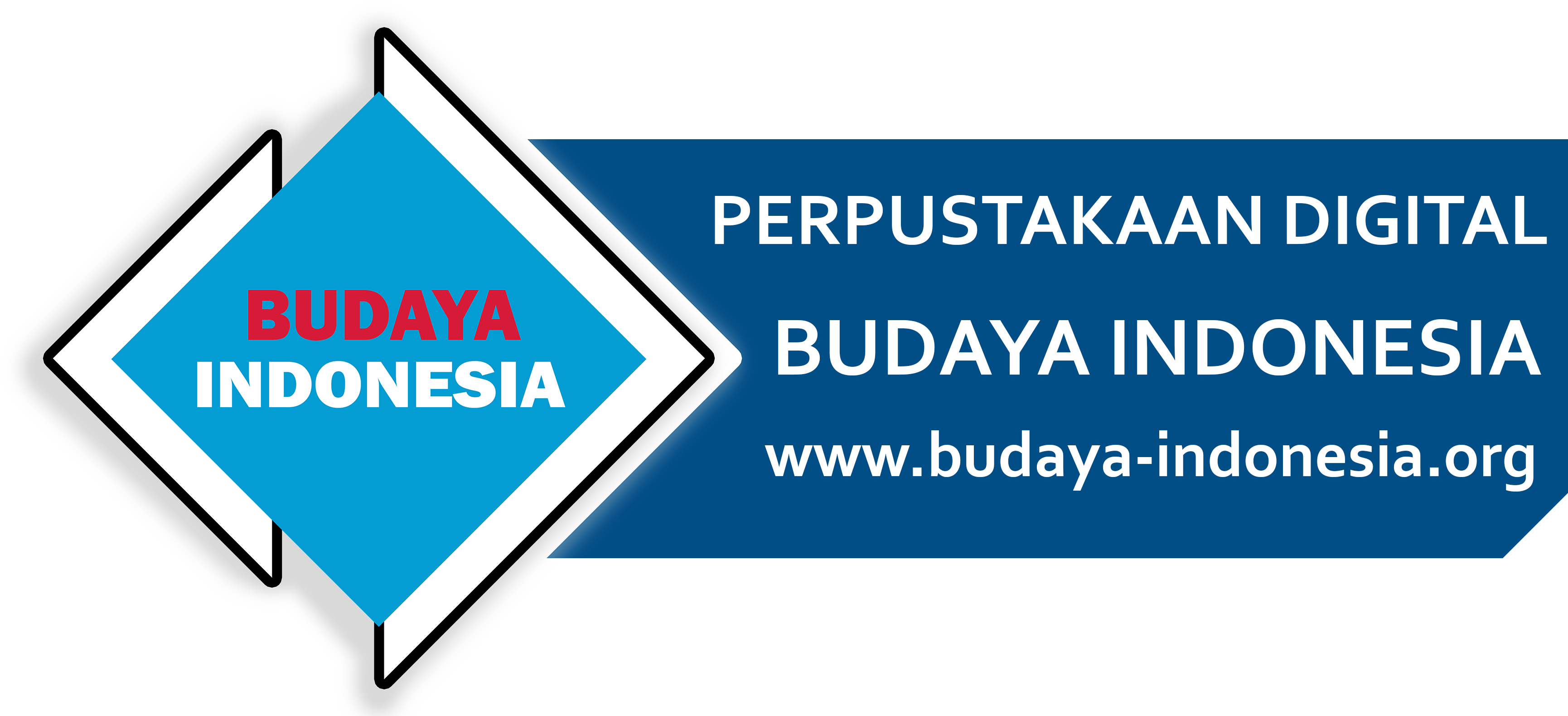The Batak Tradition of Martarombo
INFOBUDAYA.NET — Among the rich cultural traditions of the Batak people of North Sumatra, martarombo stands out as a deeply philosophical and vital practice. Far beyond a mere tracing of ancestry, martarombo embodies the Batak people’s commitment to understanding their origins, maintaining social harmony, and preserving a legacy passed down through generations. The term itself is derived from “mar,” meaning to do, and “tarombo,” which refers to lineage or genealogy—thus, martarombo is the act of tracing one’s family line. But to the Batak, it is much more than that.
In Batak society, knowing one’s genealogy is seen as a moral and social obligation. An individual is not considered complete until they understand their lineage—who their ancestors are, what clan (marga) they belong to, and how they are positioned within the wider web of kinship. Martarombo often takes place in the form of a conversational inquiry between two or more people, especially when Batak individuals meet, whether in ceremonial settings or everyday life. Through these interactions, they uncover familial connections, determine respectful forms of address, and identify their roles based on kinship relations.
At the heart of this system lies the Batak philosophy of Dalihan Na Tolu, which governs social roles and ethical behavior. This principle outlines the relationship between the hula-hula (wife-giver), dongan tubu (clan members), and boru (wife-receiver), forming a triadic structure that ensures balance and mutual respect. Martarombo acts as the entry point into this worldview, allowing individuals to place themselves within a moral and cultural framework rooted in reciprocity, humility, and kinship solidarity.
More than a means of social navigation, martarombo is an act of honoring one’s ancestors and preserving a historical consciousness. It connects individuals to their past, reinforces a sense of belonging, and sustains the intangible heritage that defines Batak identity. In a rapidly changing world where traditional values are often sidelined, martarombo serves as a cultural anchor, reaffirming the importance of roots and reminding younger generations of their place in a long lineage of wisdom and tradition.
In daily life, martarombo helps shape interpersonal behavior. If two individuals share the same marga, they are immediately considered kin. If not, introductions begin with one’s marga, establishing the proper terms of address and social distance. Through this system, respect is maintained, and social cohesion is nurtured.
Martarombo, then, is not simply a record of names and bloodlines. It is a living tradition, a channel of intergenerational learning, and a vessel for transmitting values and identity. It bridges past and present, ancestor and descendant, tradition and modernity. In practicing martarombo, the Batak do not merely remember who they are—they embody it.
Reference:



Tidak Ada Komentar